A ideia de poder realizar tarefas cotidianas simplesmente usando óculos está deixando de ser uma aspiração e se tornando realidade.
No início de 2025, dezenas de novos óculos de IA foram revelados na feira CES em Las Vegas, gerando novo entusiasmo no setor.
Com uma média de pelo menos três novos produtos lançados por mês, mais de 20 óculos de IA foram lançados no primeiro semestre de 2025.
Embora a taxa de penetração nesse setor seja inferior a 1%, isso não impediu que grandes players investissem dinheiro nele.
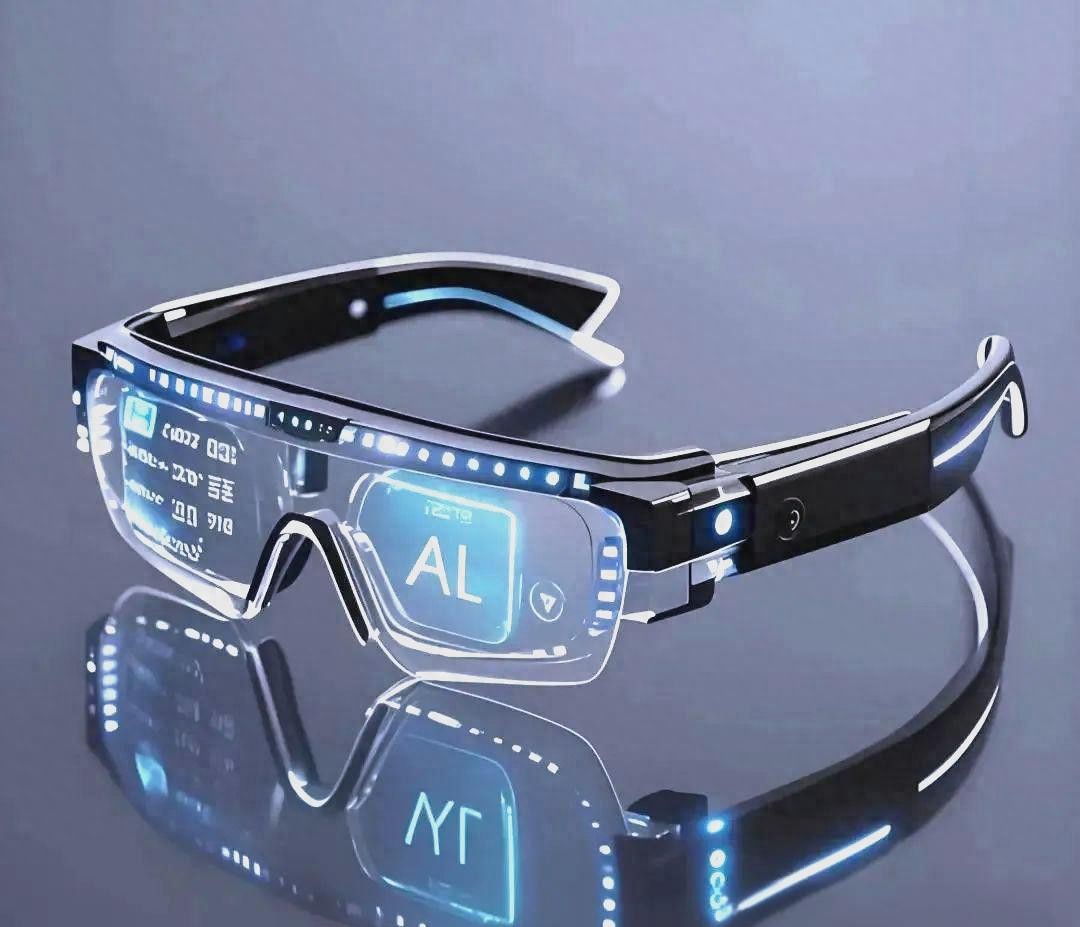
Quando se trata de óculos inteligentes, muitas pessoas pensam no Google Glass, lançado em 2012. Esse produto, apesar do investimento maciço, fracassou miseravelmente. Mas a situação é completamente diferente agora.
No primeiro semestre de 2025, as vendas dos óculos inteligentes Ray-Ban Meta mais que triplicaram em comparação ao mesmo período do ano passado, um número que oferece esperança para todo o setor.
O Meta, uma colaboração com a Ray-Ban, tem preço inicial de US$ 299 e pesa menos de 50 gramas. Desde seu lançamento em outubro de 2023, mais de 2 milhões de pares foram vendidos.
Ainda mais impressionante é que sua parceira, a EssilorLuxottica, planeja aumentar a capacidade de produção anual para 10 milhões de pares até o final de 2026. Por trás dessa ambição está um forte otimismo em relação ao mercado.
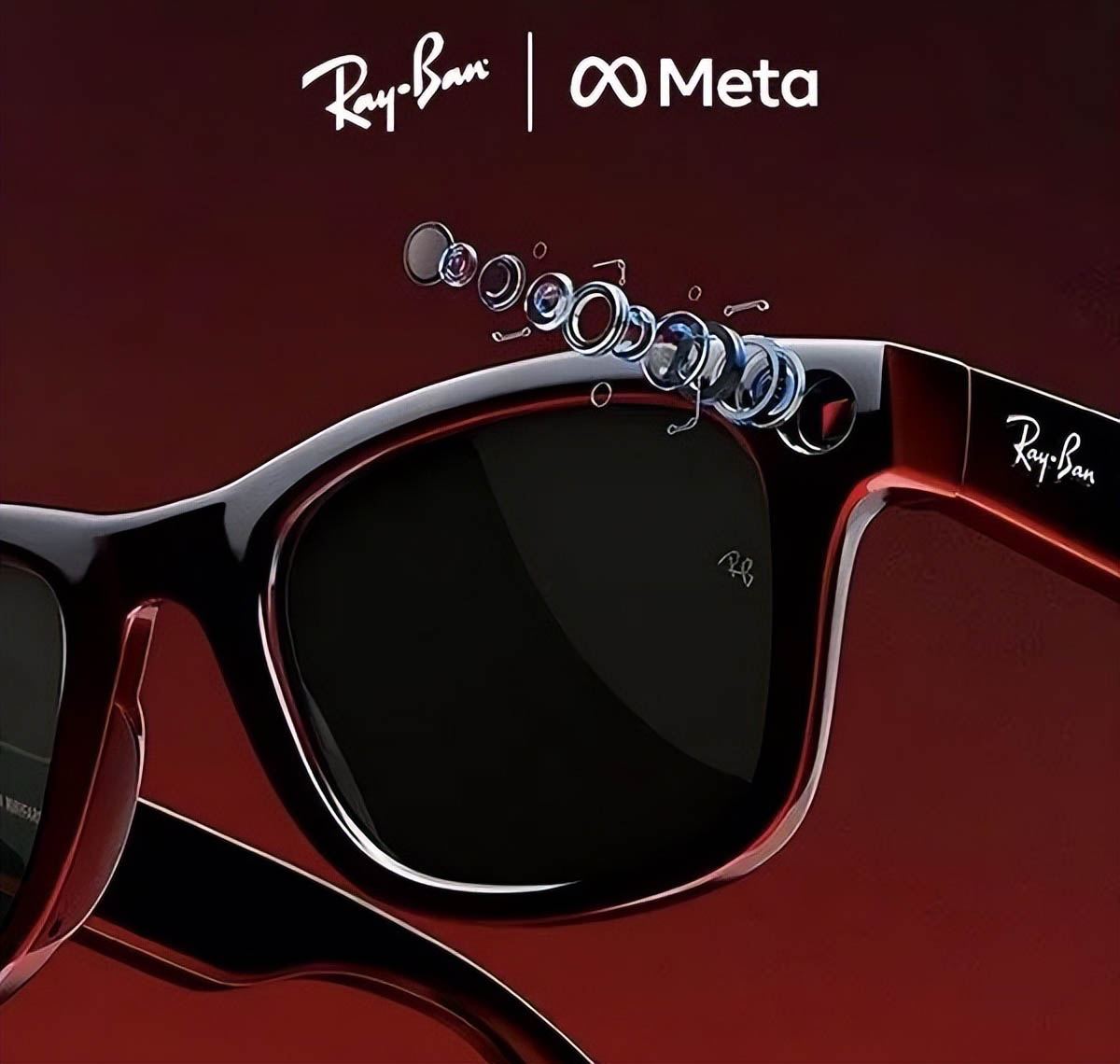
Os fabricantes nacionais também estão ocupados. Em 26 de junho deste ano, a Xiaomi lançou oficialmente seus primeiros óculos com IA. As vendas atingiram quase 50.000 pares nos primeiros três dias, estabelecendo um recorde para as vendas mais rápidas de óculos com IA na China. Essa velocidade chocou o setor e deixou outros players nervosos.
No primeiro trimestre de 2025, a Thunderbird Innovations liderou o mercado chinês de óculos de fotografia AR/IA online com uma participação de mercado de 50%, garantindo firmemente o primeiro lugar.
Como marca líder nacional, a Thunderbird lançou dois novos produtos na CES em janeiro. Os óculos fotográficos com IA V3 pesam apenas 39 gramas e são equipados com a plataforma Qualcomm Snapdragon AR1 de primeira geração e uma NPU dedicada. A velocidade média de resposta da IA aumentou para 1,3 segundos, com uma taxa de precisão de reconhecimento de até 98%.
Por trás desses números, há uma história maior. No primeiro trimestre de 2025, as vendas globais de óculos inteligentes com IA atingiram 600.000 unidades, um aumento de 216% em relação ao ano anterior. No mercado chinês, 71.000 unidades de óculos inteligentes com IA foram vendidas em todos os canais, um aumento de 193% em relação ao ano anterior. Com um crescimento tão impressionante, não é de se admirar que grandes players estejam entrando no mercado.

Nem a Huawei consegue se conter. A empresa lançará um novo produto em 19 de maio, e entre os próximos lançamentos estão óculos inteligentes. A Alibaba firmou uma parceria estreita com a Thunderbird para lançar óculos com inteligência artificial equipados com o modelo grande da Tongyi. A Baidu e a ByteDance também estão desenvolvendo seus próprios produtos.
As mudanças no distrito de Huaqiangbei, em Shenzhen, são ainda mais reveladoras. Óculos de IA se tornaram o quarto produto mais popular na região, depois de fones de ouvido, relógios e drones.
Aproximadamente 80% das bancas de relógios agora contam com óculos de IA, e há até duas ou três bancas dedicadas a óculos. Até 2025, as vendas mensais de óculos de IA em Huaqiangbei ultrapassarão 40.000 unidades, com quase 40% exportadas e uma participação de mercado global superior a 10%.
O principal impulsionador desse crescimento é a maturidade dos grandes modelos de IA. Anteriormente, os óculos inteligentes só podiam executar funções simples, mas agora, quando integrados a grandes modelos, podem executar tarefas complexas, como tradução em tempo real, reconhecimento inteligente de objetos e interação por voz.
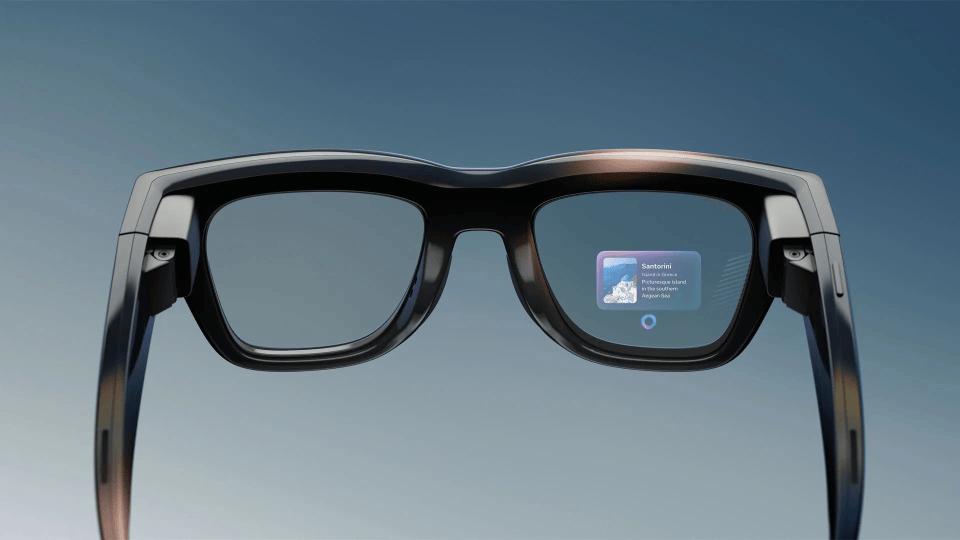
Os produtos da Meta permitem que os usuários ativem um assistente de IA simplesmente dizendo "Ei, Meta", enquanto os óculos Xiaomi usam o Xiao Ai para respostas instantâneas.
Uma cadeia de suprimentos madura também é um fator fundamental. Fabricantes como Goertek, Luxshare, Sunny Optical, AAC Technologies, Jiahe e Emdoor oferecem soluções OEM maduras comparáveis às da Ray-Ban Meta, praticamente eliminando as barreiras de fabricação.
Isso levou a um rápido declínio nos preços dos produtos, com os modelos tradicionais custando agora entre US$ 300 e US$ 400, e os produtos nacionais chegando a preços entre 1.500 e 2.000 yuans.
No entanto, o crescimento do setor também apresenta desafios. As vendas globais de óculos inteligentes devem atingir 2,983 milhões de unidades em 2024 e, até 2025, esse número deve mais que quadruplicar.
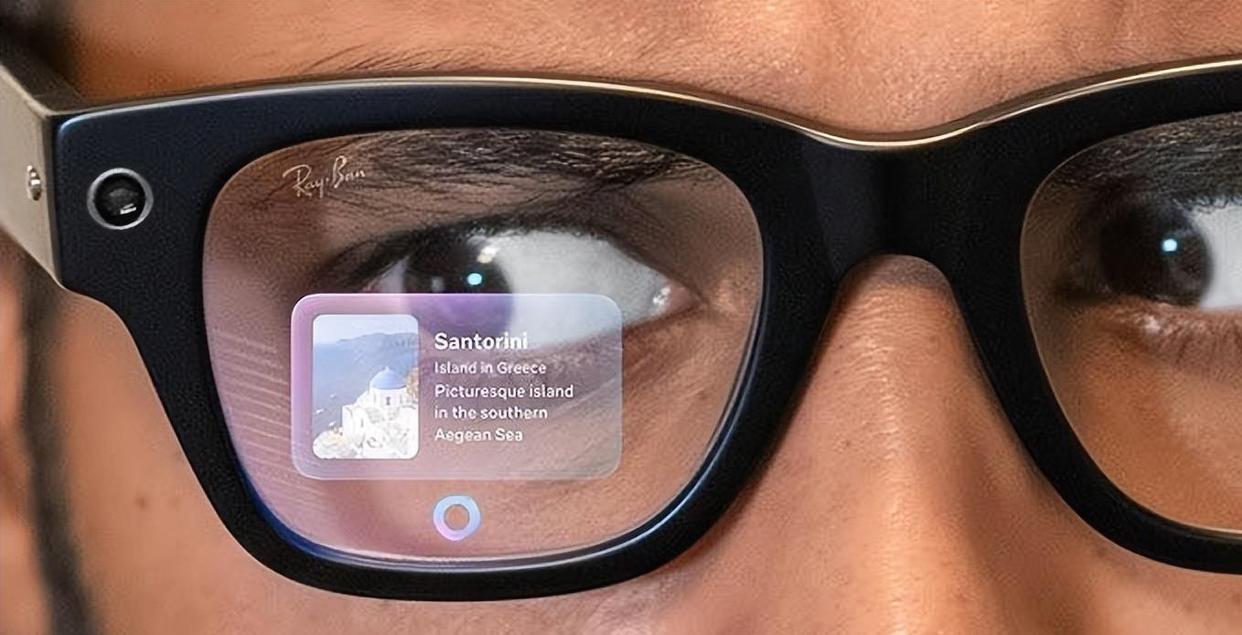
No entanto, projeta-se que as remessas globais de óculos inteligentes ultrapassem 14,518 milhões de unidades em 2025, com as remessas na China chegando a 2,907 milhões de unidades. Esse volume é insignificante em comparação com as remessas de smartphones, que frequentemente ultrapassam centenas de milhões.
A homogeneidade dos produtos é outro problema. Atualmente, os óculos de IA disponíveis no mercado oferecem funcionalidades semelhantes, concentrando-se principalmente em cenários como perguntas e respostas, tradução e reconhecimento de objetos. As empresas competem principalmente em métricas básicas, como velocidade de resposta em modelos em larga escala, duração da bateria e qualidade da imagem. Um aplicativo verdadeiramente matador ainda não surgiu.
A duração da bateria também é uma desvantagem significativa. Os produtos existentes normalmente duram de quatro a seis horas, muito menos do que um smartphone. Somadas às limitações de capacidade de processamento dos chips, muitas tarefas complexas ainda dependem do telefone ou da nuvem para processamento, o que lhes confere falta de independência.
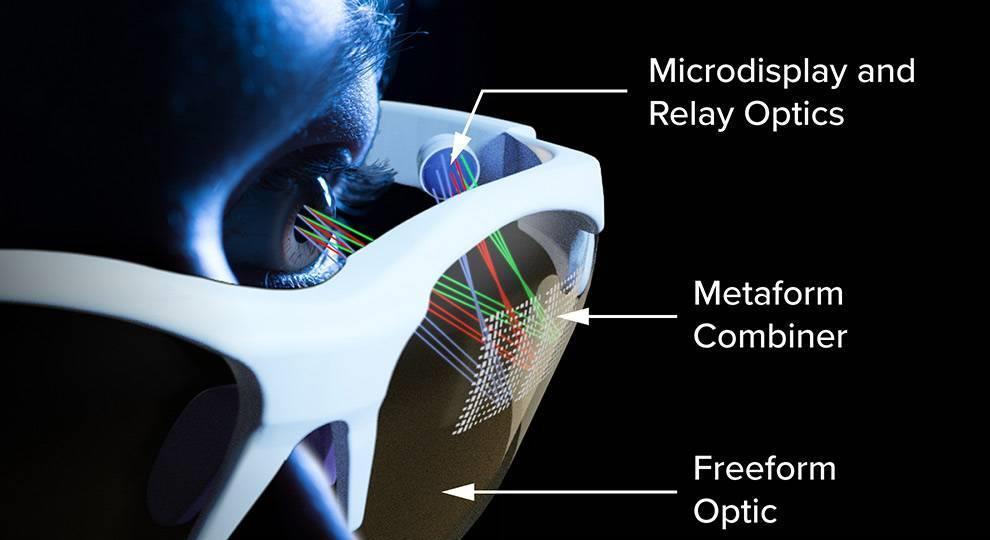
Apesar disso, investidores e gigantes da tecnologia continuam otimistas em relação ao setor. A lógica subjacente é simples: a IA requer uma plataforma, e os óculos, por serem os mais próximos do olho humano e, ao contrário dos smartphones, não exigirem manipulação física, oferecem um ponto de entrada ideal para interação.
O fundador da Meta, Mark Zuckerberg, acredita que os óculos de IA serão uma tendência futura significativa e prevê que óculos de IA com preço em torno de US$ 300 se tornarão um sucesso.
Considerando o ecossistema de aplicativos, haverá apenas 5.000 a 8.000 aplicativos para óculos inteligentes em todo o mundo em 2025, muito menos do que aplicativos para celulares. Previsões de terceiros sugerem que o número ultrapassará 50.000 nos próximos três anos. Isso representa uma riqueza de oportunidades empreendedoras à espera de serem exploradas, e aqueles que conseguirem estabelecer uma vantagem no ecossistema primeiro provavelmente tomarão a iniciativa.
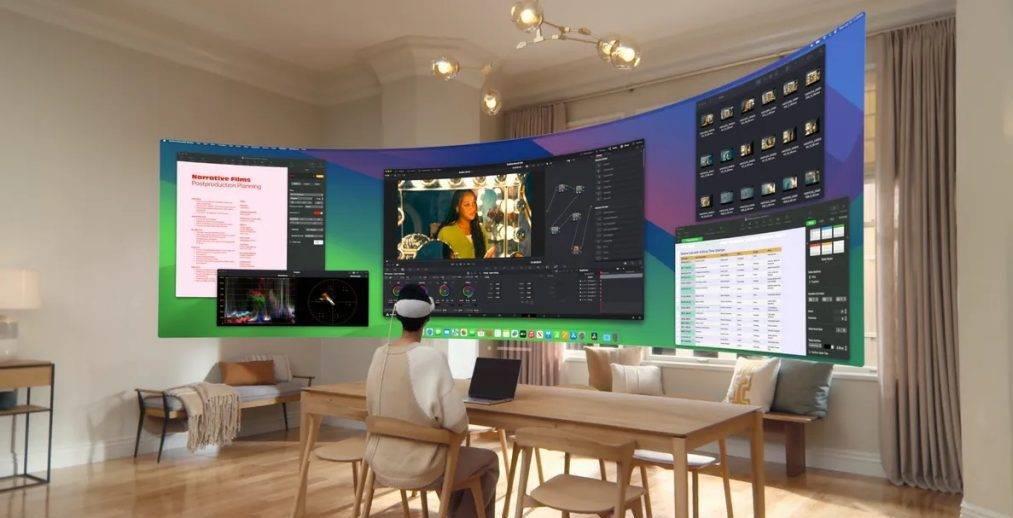 Os óculos de IA estão prestes a ter um grande sucesso. Embora a penetração permaneça inferior a 1%, a taxa de crescimento fala por si. Os gigantes do setor não seguem tendências cegamente, mas apostam alto na próxima geração de plataformas de computação.
Os óculos de IA estão prestes a ter um grande sucesso. Embora a penetração permaneça inferior a 1%, a taxa de crescimento fala por si. Os gigantes do setor não seguem tendências cegamente, mas apostam alto na próxima geração de plataformas de computação.
Esta batalha de centenas de óculos está apenas começando. O vencedor final dependerá de quem realmente conseguir resolver as dores do usuário e criar casos de uso insubstituíveis.
 2025-11-19 11:23:11
2025-11-19 11:23:11
 Serviço on-line
Serviço on-line 4000988557
4000988557 sales1@troysupply.com
sales1@troysupply.com sales2@troysupply.com
sales2@troysupply.com Richard Liu
Richard Liu TROY
TROY 8936906
8936906 Troysupply_com
Troysupply_com